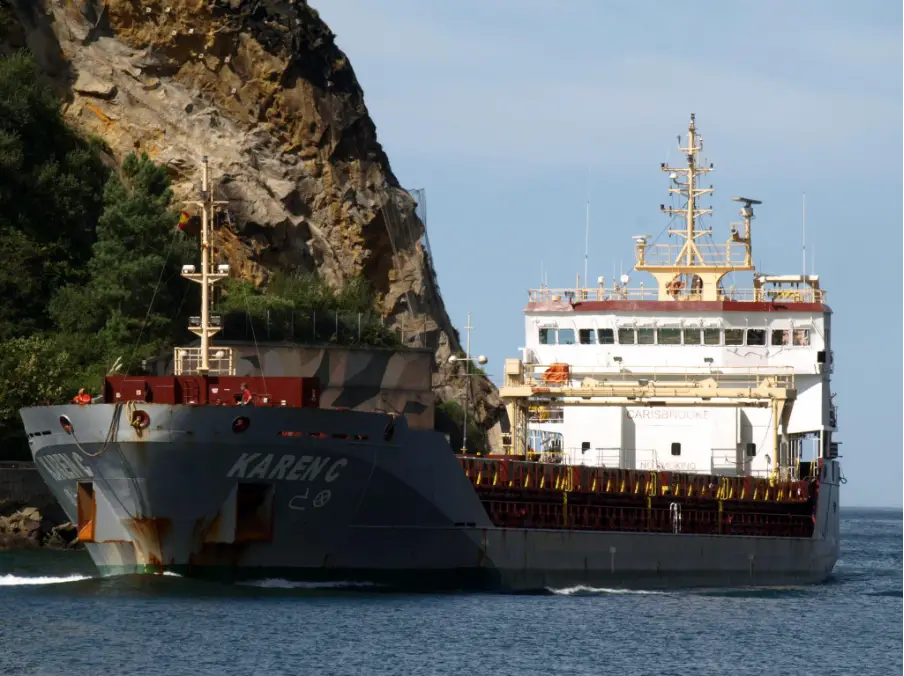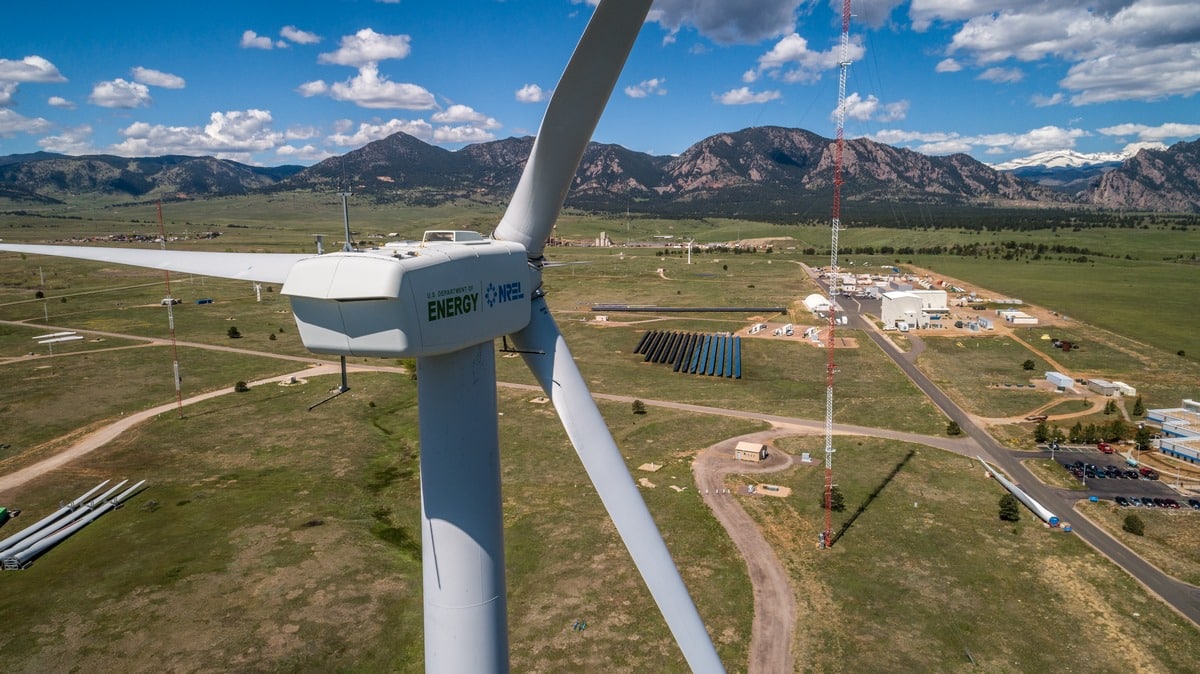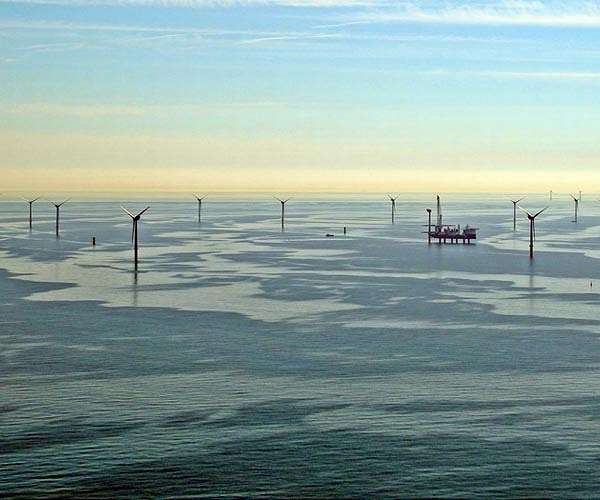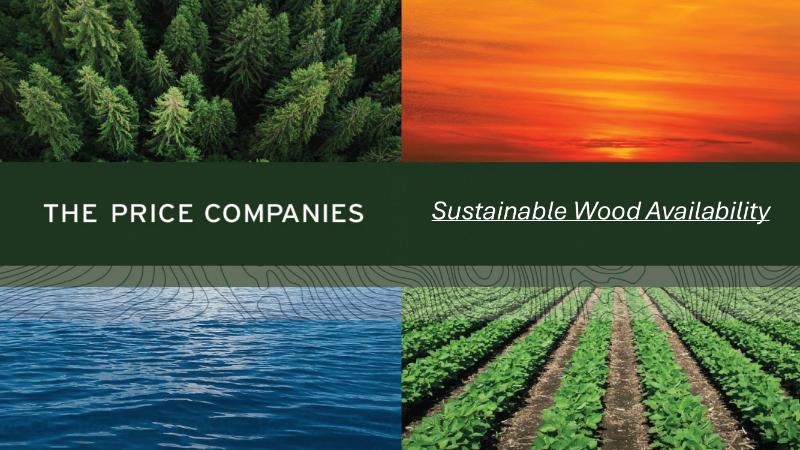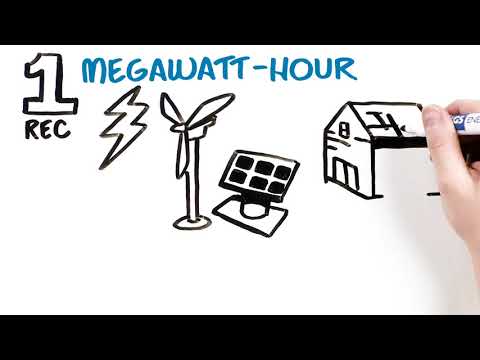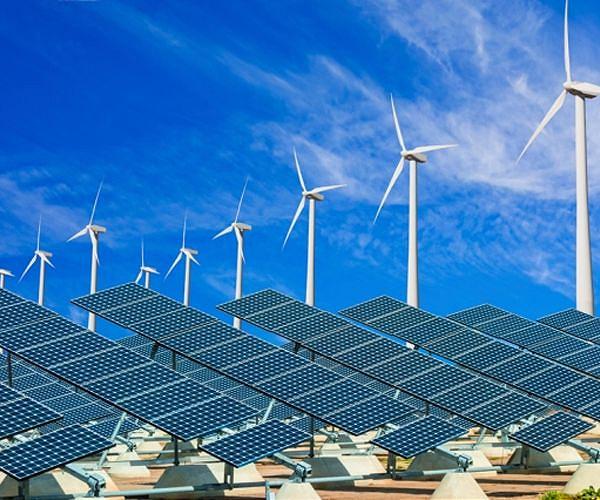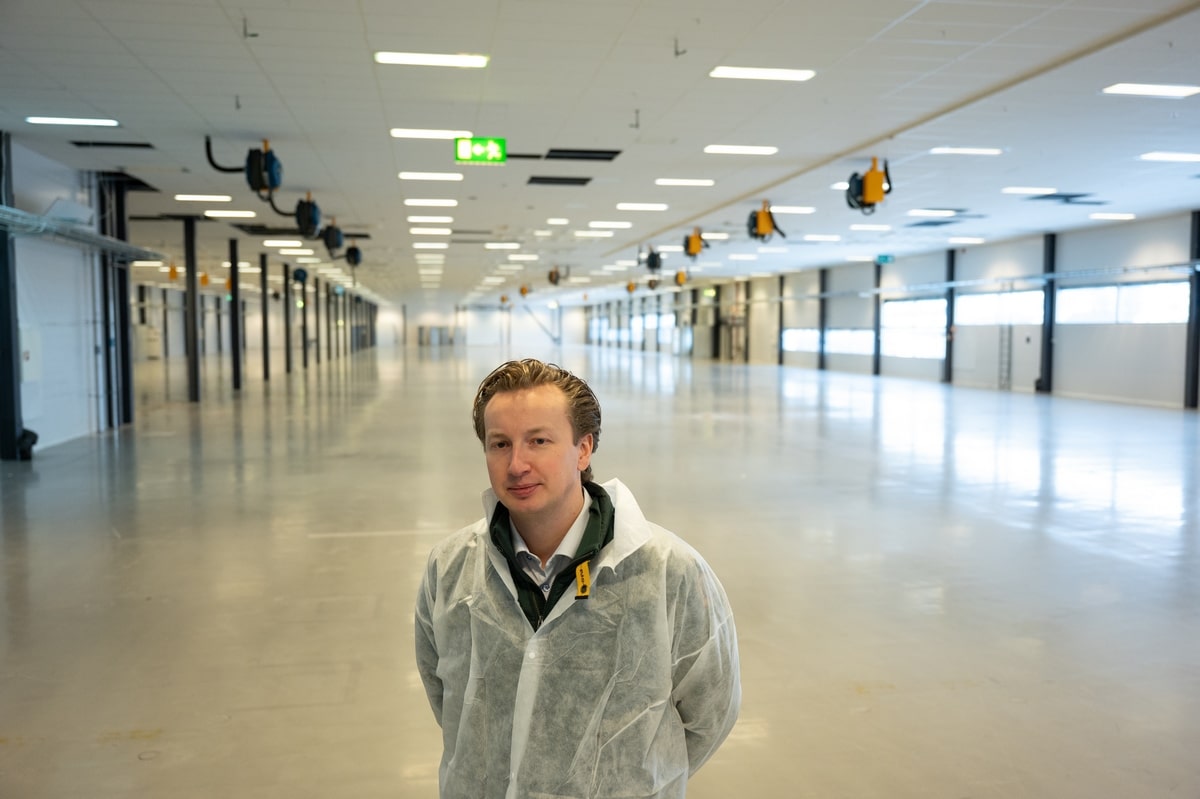
Gigawatt production planned in Norway
The Norwegian company REC Solar once produced photovoltaic systems in Narvik. Today, the factory buildings stand empty. With two areas of around 5,000 square meters and cleanroom equipment, they offer good conditions for setting up fuel cell production there. The startup Teco 2030 plans to manufacture PEM fuel cells with a high power density on a gigawatt scale there in just a few years’ time.
Teco 2030 is a spin-off of the Teco Maritime Group, a service provider for “greener” ship transport with 30 years of experience and around 150 employees. It therefore made sense for Teco 2030 to consider ships as one of the first possible areas of application for the new product. The aim is to develop a high-performance fuel cell for maritime use and to produce it on a gigawatt scale. CEO of the spin-off is Teco founder Tore Enger himself.
On board as a partner is AVL, a company with 12,000 employees and headquarters in Austria. The technology developer from the automotive industry knows all about fuel cells and has its own facilities in Graz to develop, simulate, test and optimize them.
In close cooperation, Teco 2030 and AVL have developed a new PEM fuel cell. According to information by the companies, it is unique in its power density and flexibility. For the high power density, especially surrounding the actual stack, the knowledge of the partners and suppliers was pooled. Beckhoff Automation and Harting Technology are two of the German suppliers who are helping to ensure that development continues “at record speed,” as Teco 2030 stressed.
The complete design of the product, from the membrane to the complete system, Teco 2030 and AVL jointly developed. However, both the bipolar plates and the membranes are to be externally manufactured. In Narvik, Norway the components will then be assembled first into cell stacks, then into fuel cell modules and finally into complete systems. At the beginning of April 2024, when a delegation from Hannover Messe visited the site together with journalists, the main things to be seen there were large, empty halls and a few offices. The prototype production fits into a single room.
Shell tanker as first use case
One of the first products will be a fuel cell power generator (FCPG) in the format of a standardized 40-foot container. As part of the research project HyEkoTank, the fuel cell container will have its first practical use on the bitumen tanker Bitflower from Shell. For the design, the Norwegian classification association DNV has given an “approval in principle” (AiP) for employment in a research project on ocean-going vessels.
The fuel cell system can be seamlessly integrated into the switchgear of a ship, according to Teco 2030. The AiP concerns the fuel treatment system, the rooms with the FC modules, the electronics, the battery, the HVAC (high voltage AC) technology, the auxiliaries, the inertization system and the airlock.

The bitumen tanker Bitflower is to be the first ship to drive with a fuel cell from Teco 2030, Source: Shell
The fuel cell is expected to have an output of 2.4 MW, so just under 3,300 hp. That is less than the current engine can deliver, but Teco 2030 stresses that the charter speed of the ship can be maintained with it. “This capacity is sufficient to operate the ship 100 percent emissions-free with hydrogen as fuel, without producing greenhouse gas emissions,” says Tor-Erik Hoftun, Chief Strategy Officer of Teco 2030.
While many FC systems require a relatively large battery as a power buffer for the drive, the new fuel cell should be able to react very flexibly. How large the external battery will ultimately be designed depends on other requirements on the ship. “The fuel cell is dynamic and can replicate the reaction time of diesel engines, which means that the installation can be optimized in terms of external battery size and power strategies,” says Hoftun.
In addition to the fuel cell unit, the system includes an exchangeable tank that can hold 4,000 kg of hydrogen at 350 bar. The tanker can therefore also take new fuel on board in ports that do not have a special infrastructure for hydrogen refueling.
Hydrogen storage, however, has so far been a major limitation of the technology. During a one-week deployment of the ship, it should be possible to provide about 70 percent of the propulsion energy with the fuel cell. During the test, the new components are to be placed on the deck of the ship, so that the diesel engine can remain in place. Where the fuel cell will sit in the future has not yet been determined. Clear, however, is that space on board is always an issue – especially for retrofits. “The system has a compact design to simplify retrofitting at new or existing locations engines were previously installed,” according to Hoftun.
Largest retrofit project
The project is part of the EU program Horizon Europe and is, according to Teco 2030, the largest current retrofit project for a fuel cell ship. Shell wants to invest 5 million USD in the project; from the EU should come 5 million EUR. At the end of the project, Technology Readiness Level 8 should be reached. Teco 2030 assumes that the supply with the standardized fuel cell container can be carried over to many sea-going and inland waterway vessels.
A number of other research projects have been launched in parallel: For a ferry in Croatia, a consortium to which Teco 2030 also belongs received a commitment of over 13 million euros from the EU’s Horizon program in 2023.
In another project, Teco 2030 together with AVL want to demonstrate a retrofit solution for a 40-tonne truck with four 100 kW stacks still in the first half of this year. Another site of construction is the development of a fuel cell generator with 0.6 to 1.6 MW in a smaller container. This should be able to supply on-board power for ships or construction site power as needed. Participating in this project are the Norwegian state-owned enterprise Enova and the Swiss construction company Implenia. If projects in preparation, in the technical concept phase or with outstanding financing are also included, the list of projects extends over several pages.
Ship transport must become greener
To turn research projects into commercial applications, Teco 2030 still has to overcome two hurdles, however, which should not be underestimated: Firstly, production must be set up quickly. And secondly, the technology must assert itself alongside the many alternatives in the dynamic market of sustainable mobility.
As far as the market is concerned, the managers of Teco 2030 are very positive. Political pressure on ship transport companies is growing; they need to make their ships more climate-friendly. In relation to other sources of emissions, maritime transport in the EU was a rather small item, accounting for 3 to 4 percent of CO2 equivalents, but the movement of goods is growing. This is why since January 2024 European emissions trading has also applied to large ships starting from 5,000 gross register tons that harbor in ports within the EU.
The International Maritime Organisation (IMO) also tightened its climate targets in the summer of 2023: By 2040, greenhouse gas emissions are to be reduced by at least 70 percent compared to 2008 levels, whereby 80 percent is strived for.
Maybe the strongest pressure is being made by the customers. Many consumers value climate-friendly products. And if, as a result, large corporations such as Amazon or Microsoft insist on climate-neutral transport of their goods, the shipping companies have to come up with something – even if they would have more time according to the laws.

Prototype production in Narvik, Source: Hannover Messe
The Teco managers therefore see a large market for their fuel cells. Their potential analysis is based on a paper by Hydrogen Europe from the year 2021. For this, over 60 types of ships were examined for possible climate-friendly drive technologies. Depending on the application, three types of drive have proven to be economical. Ammonia in combination with solid oxide fuel cells is particularly suitable for heavy ocean tankers. For small ships that have frequent opportunities to refuel, pressurized H2 tanks in combination with PEM fuel cells are the best option. Liquid hydrogen in combination with PEM fuel cells should cover the area in between, in which container ships in particular, but also some large ferries and cruise ships, move.
Of these three fuels, gaseous hydrogen is the cheapest, followed by liquid hydrogen and finally ammonia. The bottom line is that the combination of PEM fuel cells with hydrogen in liquid or gaseous form is the best technology available in terms of total cost of ownership (TCO) for around 77,000 ships worldwide.
But there are also completely different theories, for example in the report by the ship classifier and consulting service provider DNV from the year 2023. Of the new ships ordered by July 2023, only five had a hydrogen drive. The technologies for future decarbonization highlighted in the report are diverse: They include onboard carbon capture, support from wind energy and even nuclear drives. Explicitly mentioned among the fuel cell drives is the solid oxide fuel cell, operated with hydrocarbons or ammonia.
Liquid hydrogen as fuel is also conceivable, explains the report using the example of the Norwegian ferry MS Hydra, which runs on a PEM fuel cell. But the DNV stresses: Compared to other fuels, even liquid hydrogen has a low volumetric energy density. The combination of gaseous hydrogen and PEM fuel cell accordingly doesn’t happen.
Hoftun and Enger are not deterring competition from liquid and near-liquid fuels. As the PEM fuel cell can operate at low pressure, hydrogen can, for example, also be produced on board from ammonia or methanol, they explain. Whether this approach, which combines several non-established technologies on board, will convince the mostly conservative ship transport companies remains to be seen.
Production start planned for 2024

Manual production should start in 2024 if possible, Source: Teco 2030/Hannover Messe
Teco 2030 is still working on the prototype, which has not yet delivered the desired performance on the test stand in Graz. Here too is the optimism high: “We are making good progress and expect to reach full performance on the test bench in a few months’ time,” says Hoftun. As soon as this is achieved, manual production can start in the so far empty halls. This step is planned for the third quarter of 2024. Around the same time, so they hope, will a DNV type approval come. With the initial experience and approval, an automated production line is then to emerge – end of 2025 for the stacks, beginning of 2026 for the whole fuel cell modules.
To be able to set up the largely automated production quickly, Teco 2030 is relying on the experience of ThyssenKrupp, which is to take over the construction of the production line. In 2027, the Norwegians want to reach an annual production capacity of 800 MW. “Unit costs fall as soon as you start reaching economies of scale and robot-assisted production,” says Teco 2030 CEO Tore Enger. And they are set to fall further with every expansion. For the eponymous year 2030, Teco has named a target of 700 euros per kW and an output of 3.2 GW.
“Following the previous investments of around 60 million euros, we assume that we will need a further 40 million euros to achieve the targeted annual production of 800 MW, around 20 million euros of which for the actual production line,” says Enger. Around 4 million USD is to shortly come from India, from infrastructure company Advait Infratech, which also has its own division for green energy and hydrogen technologies. Advait is securing a 51 percent stake in a joint venture that is to produce and market fuel cells in India and South Asia in the future.
Will there be enough skilled workers at the other end of the world, in Narvik, who want to work in a factory 200 kilometers north of the Arctic Circle? Enger and Hoftun are sure that this will not be a problem either. “We are seeing a lot of interest from professionals in this field who want to move to Narvik,” says Hoftun. They’re relying not only on strong automation, but also on the nearby university and the attracting power of nature in northern Norway. You can practically get on your skis right on your doorstep. And even in the factory hall, the view out of the window is of the Ofotfjord.

The area around Narvik is remote, but popular with nature lovers, Source: Hannover Messe
Norway: Offshore wind energy urgently needed
Norway is known for its very cheap electricity, which comes almost entirely from hydropower. The country is thus also attracting international investors, especially when it comes to green technologies of the future. In Norway is emerging, among other things, battery factories, data centers and a hydrogen economy. But the available hydropower is by no means infinite. While Norway currently exports around a tenth of its electricity, the electricity balance is expected to be neutral starting 2028. In addition to the new factories, electrification is an important driver of electricity consumption. For example, natural gas extracted off the coast is to be electrically compressed into LNG in future. Hydrogen production – both by electrolysis and from natural gas – does not have any significance in the five-year forecasts of the state electricity producer Statnett. It will come later. A massive expansion of wind power generation off the coast should provide a remedy. The first state-tendered project, from this March, is expected to have a capacity of 1.5 GW.


